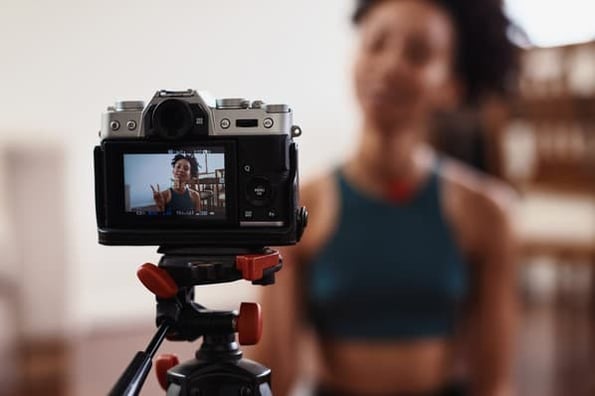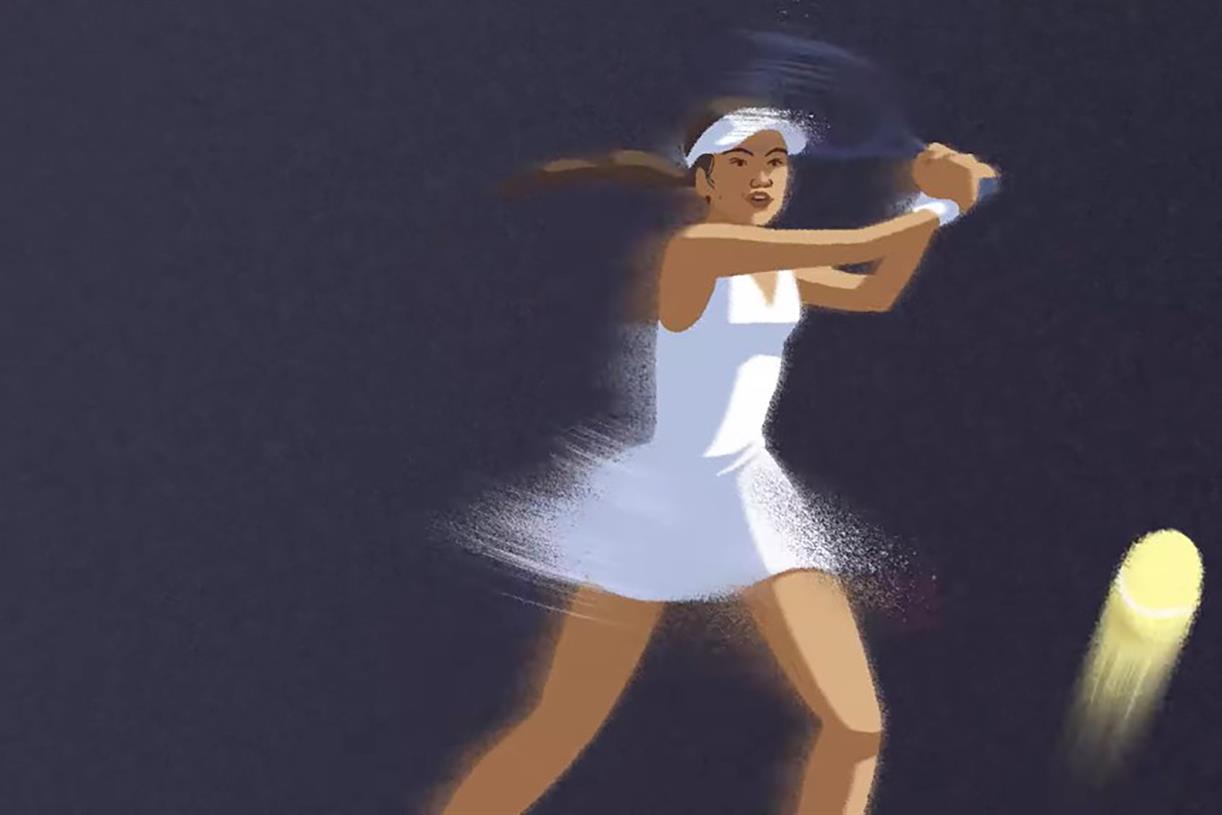10 YouTube Trends to Leverage in 2022 [Data + Expert Tips]
Keeping up with the latest consumer and content trends on YouTube can be daunting, especially if you're a marketer trying to find the right trend for your company to leverage. Fortunately, I made a list of 10 YouTube trends...
![10 YouTube Trends to Leverage in 2022 [Data + Expert Tips]](https://blog.hubspot.com/hubfs/10%20YouTube%20Trends-1.jpg#keepProtocol)
In 2020, I looked up more recipes than I ever have. Mostly Italian if you're wondering. I also spent a lot of time watching videos on YouTube, letting the autoplay feature take me down a rabbit hole of videos covering all kinds of topics. Most consumers were doing the same thing. So, what should marketers expect on YouTube in 2021? Read on and find out. If 2020 showed marketers anything, it was the necessity for agility and authenticity. Every marketer had to shift their priorities and deliver marketing collateral that reflected the time we were all living through. YouTube data from July 2019 to July 2020 shows a 215% increase in daily uploads for content with "self-care" in the title. From the viewer's side, TV screen watch time went up over 180% for videos relating to well-being, such as fitness, meditation, and yoga. Now, in 2021, consumers are still seeking out content that reflects their current state of mind. This isn't to say that your brand should start a "30 Days of Yoga" series. It's to highlight how closely tied current events are to the type of content we consume. If you stay in tune with how your audience is feeling and the type of content they're seeking out, you can embed it into your YouTube strategy. "Viewers really want content that not only educates them but also engages them. Our new style is putting big stock in the authenticity and personality of its presenters," said Jamal Meneide, associate video producer/editor and on-screen talent for HubSpot's YouTube Channel. Brands must now pay attention to the social climate and general consumer feelings, and incorporate these elements into the content. Not sure how to keep your finger on the pulse? Jump to this section to learn how to research YouTube trends. In September 2020, YouTube launched "Shorts" in India, a new short-form video platform on YouTube. It's now making Shorts available in the US, as of March 2021. Similar to other short-form platforms, videos on Shorts are formatted vertically to be viewed on a phone. Although it's still in beta, users can create 15-second clips, edit them with several tools and add music from YouTube's music library. According to a Search Engine Journal article, Shorts already gained steam, gaining over 3.5 billion daily views. But why would YouTube, a platform known for long-form content invest in this strategy? Meneide has a theory. "YouTube is trying to compete with TikTok, which is evident in their play to introduce 'Shorts.' For a time, it felt like there was a pendulum swing toward really long, unedited content," said Meneide. "While this is still prevalent," he adds, "it seems like we've swung back the other way with short to mid-length content really killing it. Viewers want easily consumable, entertaining content that won't be as demanding on their time." This is an opportunity for brands to experiment with short-form content on YouTube and see what audiences are responding to. One strategy is using Shorts to create teasers for your upcoming videos or create condensed, shareable versions of your long-form videos. Even with the push toward shorter videos, consumers still enjoy the traditional long-form approach. In June 2020, YouTube reported that 46% of survey respondents said they were more likely to watch videos over 20 minutes long than they were six months ago. Some YouTubers creators credit long-form video content for their engagement rates, and they've got data on their side. A 2019 Pixability study found that branded videos over 10 minutes long had higher engagement than shorter videos. But length won't be enough to keep your audience's attention. "Driving music and animation also play a big part in building engagement. Whenever you see animation as a viewer, you know it's either reinforcing a key concept or adding to a joke," said Meneide. "In either case, you've been delighted by that extra visual we decided to throw in. With music, we can shift the tone and mood of a video – from driving hip hop beats, to chill jazz." He adds that music creates a sonic bed for the viewer to situate themselves on, inviting the audience to lean in as you speed things up or sit back and relax as you slow things down. "These kinds of stylistic and production choices are ones that many large channels on YouTube have decided to make," Meneide said. "While content with a more 'homemade' feeling still crushes it, there is also an audience who wants to see well-produced, highly engaging content." In November 2020, YouTube introduced audio ads, a new way for brands to reach consumers. It was a surprising announcement, given that the platform is known for video content. However, according to a Think With Google article, over two billion people go to YouTube for music. The article also reported a 100% increase in watch time for live music performance between July 2019 and July 2020. This sets the stage for marketers to include YouTube as an ad platform for their audio content. We've covered a few YouTube trends for 2021, but marketers need to know how to identify trends as they come. "On the HubSpot YouTube team, we're always looking at trends, which we corroborate with monthly search volume and keyword research to help define our content strategy," Meneide said. "We want to serve our audience content that they're looking for when they're looking for it, and being sensitive to when a topic bubbles up is key to the process." Your first resource is Google Trends, a free online resource that is updated with real-time data on the popularity of certain topics and search terms on YouTube. You can also rely on tools like VidIQ and TubeBuddy to determine which ideas are worth pursuing. A good rule of thumb, according to Meneide is asking what big "how" or "why" questions you can answer for your viewers. Then, you have keyword research – this tells you what consumers are searching for and if it's worth your time and resources. For instance, let's say your brand wants to cover the latest tech apps in your next video. You go to Google Keyword Planner and find out that it has a monthly search volume of about 100. This may indicate that while there is some interest, it's not high enough to warrant a whole video. It's also important to look at the news and see what topics are trending. However, know the difference between something that's just in the news cycle and a trend worth incorporating into your YouTube strategy. One way to decipher between the two is asking, "How far does this reach, and will it matter in a few weeks or months?" "Hopping onto news can be just as explosive for growth or your marketing strategy as trends, but makes it a bit harder when you're always relying on the latest, 'hottest' news piece to inform your content strategy," Meneide said. "By focusing on longtail trends, you can ride out a wave of sustained interest in a topic, rather than capturing what could potentially be a fleeting interest." As we navigate through this year, more trends will likely pop up and might inform your YouTube strategy. What's most important is being flexible and knowing when something is worth exploring further.
Top 2021 YouTube Trends
Consumers want videos that reflect their daily life.
Short-form video is growing in popularity.
But long-form videos aren't going anywhere.
Marketers will start leveraging audio ads.
How To Research YouTube Trends

 BigThink
BigThink ![How to Use YouTube for Business [Download Now]](https://no-cache.hubspot.com/cta/default/53/b33cfd44-133a-49e3-a943-086c5679d485.png)









![11 Website Page Load Time Statistics You Need [+ How to Increase Conversion Rate]](https://blog.hubspot.com/hubfs/website%20load%20times.jpg#keepProtocol)














![Are You Still Optimizing for Rankings? AI Search May Not Care. [Webinar] via @sejournal, @hethr_campbell](https://www.searchenginejournal.com/wp-content/uploads/2025/06/1-1-307.png)






